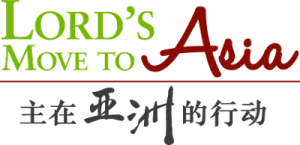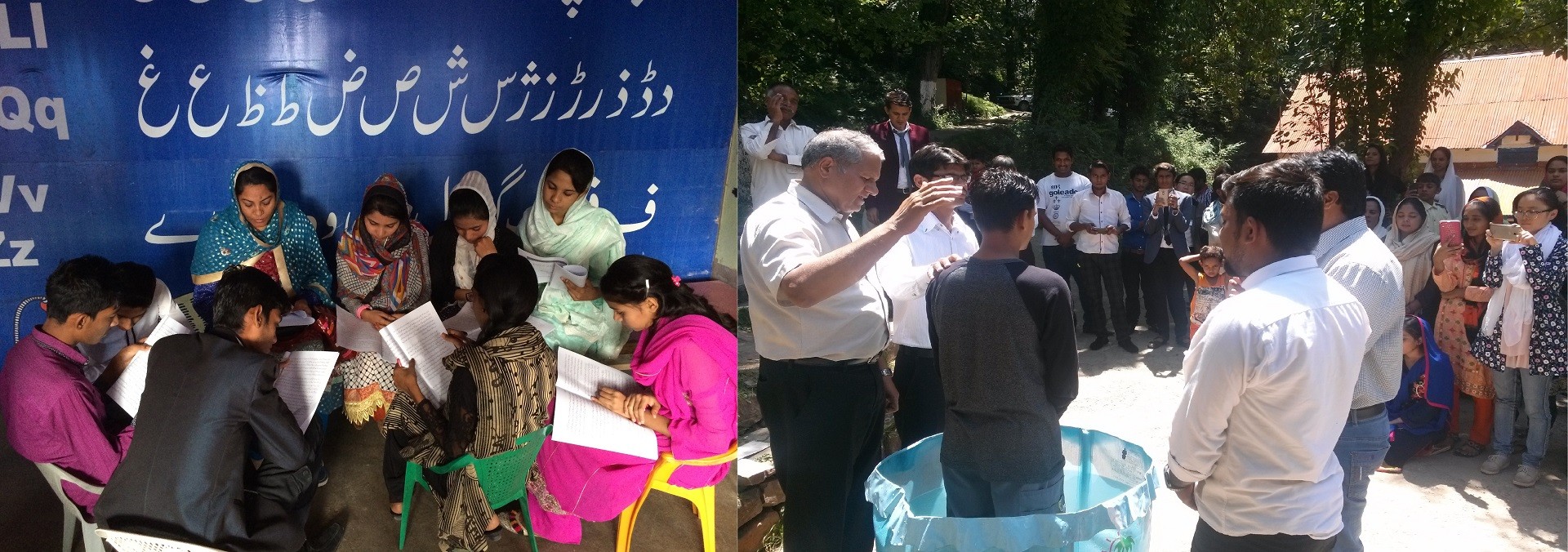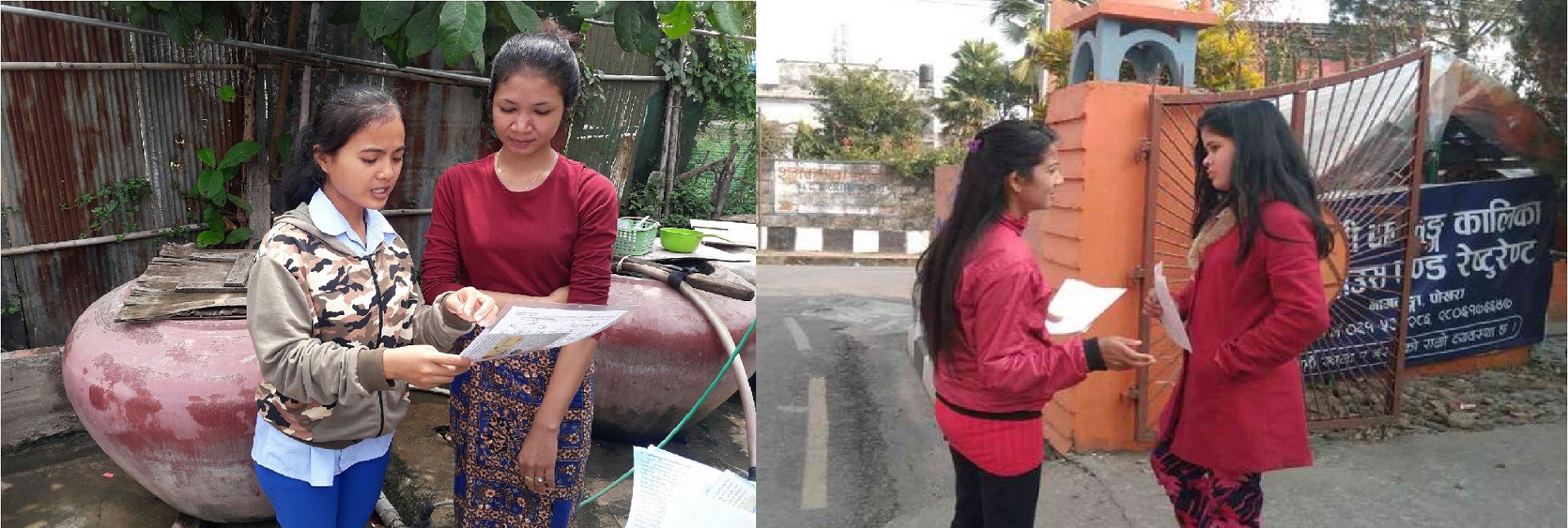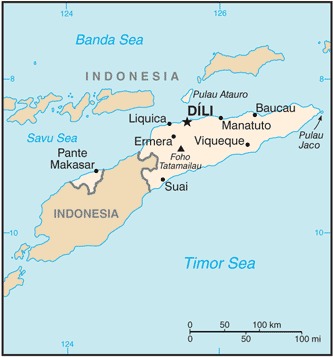Timor Leste
Background:
By mid- 16th century, the Portuguese had colonized the Timor island. East Timor declared itself independent from Portugal in 1975 and was invaded and occupied by Indonesian forces nine days later. It was incorporated into Indonesia in July 1976. An unsuccessful campaign of pacification followed over the next two decades, during which an estimated 100,000 to 250,000 people died. In a referendum in 1999, the majority of the people of Timor-Leste voted for independence from Indonesia. In the next three weeks, anti-independence Timorese militias commenced a large-scale, scorched-earth campaign of retribution. The militias killed approximately 1,400 Timorese and forced 300,000 people into western Timor as refugees. Most of the country’s infrastructure, including homes, irrigation systems, water supply systems, and schools, and nearly all of the country’s electrical grid were destroyed. Australian-led peacekeeping troops then deployed to the country and brought the violence to an end. In 2002, Timor-Leste was internationally recognized as an independent state. Since 2008, the government has enjoyed a period of post-independence stability.
Location:
Southeastern Asia, northwest of Australia in the Lesser Sunda Islands at the eastern end of the Indonesian archipelago
Area:
14,874 sq km
Climate:
Tropical; hot, humid; distinct rainy and dry seasons
Ethnic groups:
Austronesian (Malayo-Polynesian) (includes Tetun, Mambai, Tokodede, Galoli, Kemak, Baikeno), Melanesian-Papuan (includes Bunak, Fataluku, Bakasai), small Chinese minority
Languages:
Tetun Prasa 30.6%, Mambai 16.6%, Makasai 10.5%, Tetun Terik 6.1%, Baikenu 5.9%, Kemak 5.8%, Bunak 5.5%, Tokodede 4%, Fataluku 3.5%, Waima’a 1.8%, Galoli 1.4%, Naueti 1.4%, Idate 1.2%, Midiki 1.2%, other 4.5%
note: data represent population by mother tongue; Tetun and Portuguese are official languages; Indonesian and English are working languages; there are about 32 indigenous languages
Religions:
Roman Catholic 97.6%, Protestant/Evangelical 2%, Muslim 0.2%, other 0.2% (2015 est.)
Population:
1,383,723 (July 2020 est.)
Age structure:
0-14 years: 39.96% (male 284,353/female 268,562)
15-24 years: 20.32% (male 142,693/female 138,508)
25-54 years: 30.44% (male 202,331/female 218,914)
55-64 years: 5.22% (male 34,956/female 37,229)
65 years and over: 4.06% (male 27,153/female 29,024) (2020 est.)
Government type:
Semi-presidential republic
Capital:
Dili
Time difference:
UTC+9 (14 hours ahead of Washington, DC, during Standard Time)
Independence:
20 May 2002 (from Indonesia); note – 28 November 1975 was the date independence was proclaimed from Portugal; 20 May 2002 was the date of international recognition of Timor-Leste’s independence from Indonesia
Economy – overview:
Since independence in 1999, Timor-Leste has faced great challenges in rebuilding its infrastructure, strengthening the civil administration, and generating jobs for young people entering the work force. The development of offshore oil and gas resources has greatly supplemented government revenues. This technology-intensive industry, however, has done little to create jobs in part because there are no production facilities in Timor-Leste. Gas is currently piped to Australia for processing, but Timor-Leste has expressed interest in developing a domestic processing capability. The government has focused significant resources on basic infrastructure, including electricity and roads, but limited experience in procurement and infrastructure building has hampered these projects. The underlying economic policy challenge the country faces remains how best to use oil-and-gas wealth to lift the non-oil economy onto a higher growth path and to reduce poverty.
GDP (purchasing power parity):
$7.426 billion (2017 est.)
GDP – per capita (PPP):
$6,000 (2017 est.)
Source:
CIA World Factbook







